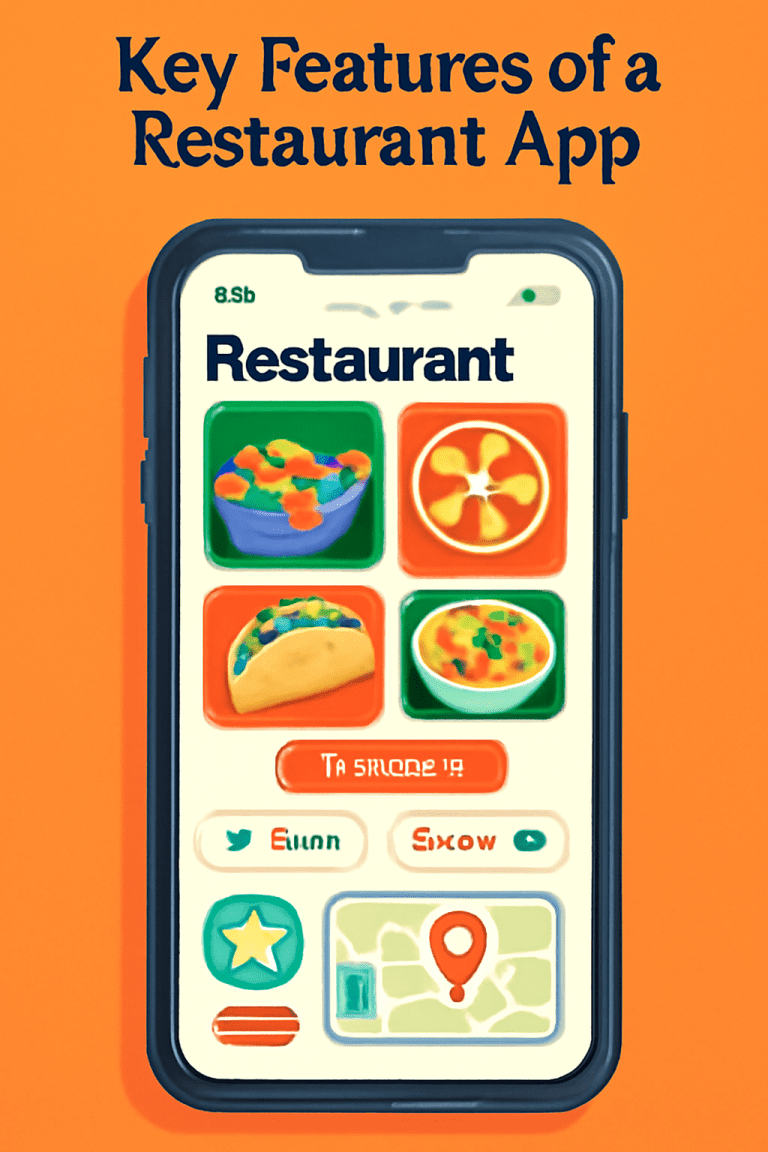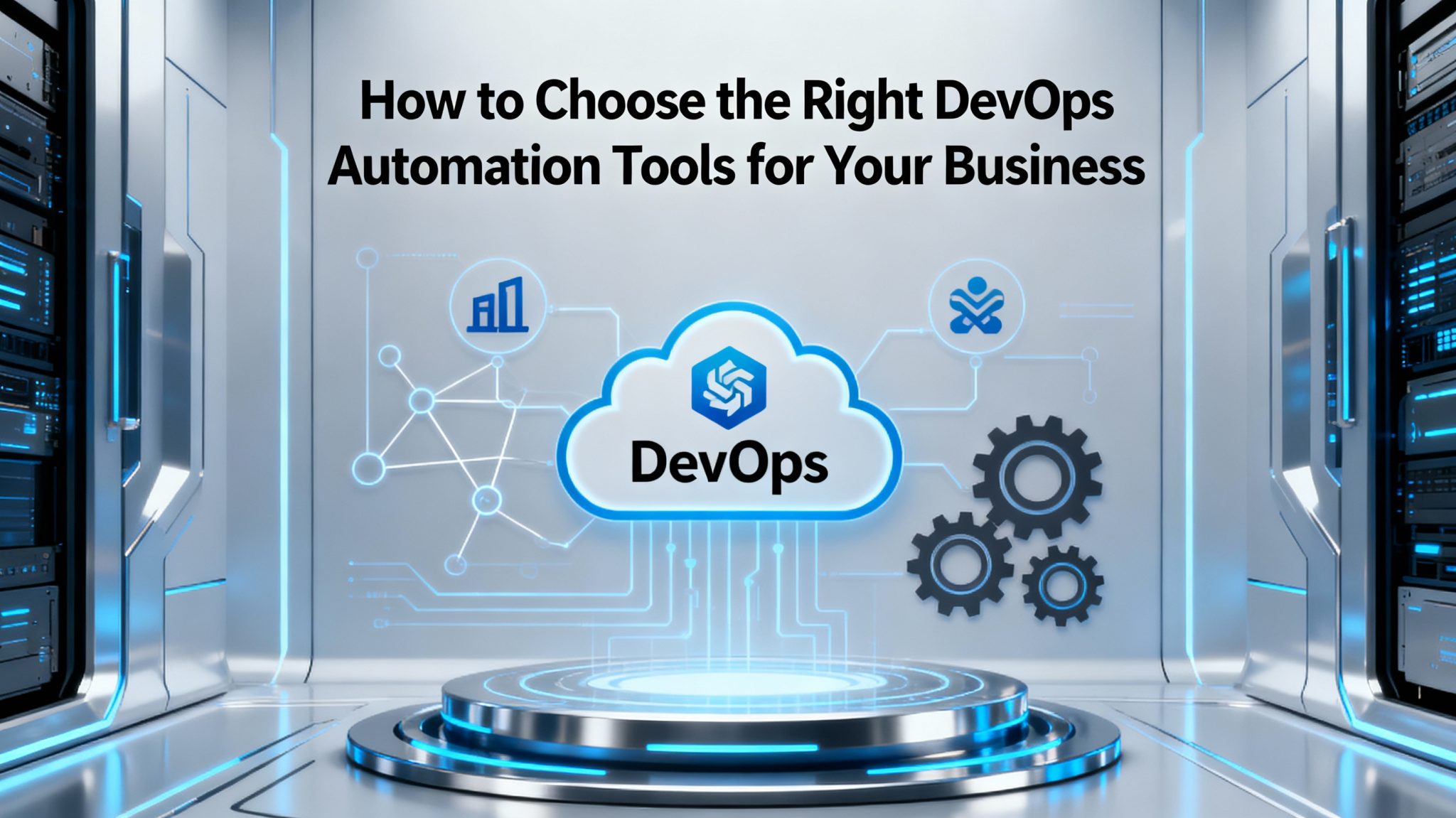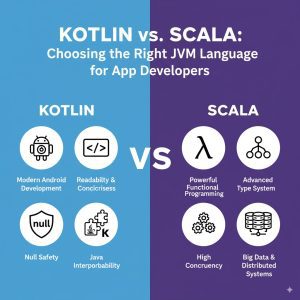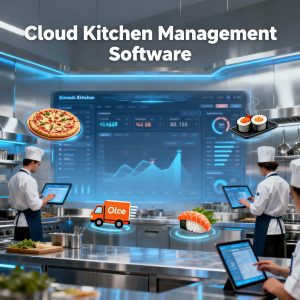Introduction
In a digital-first world, having a dedicated restaurant app can significantly boost your business by enhancing customer engagement, streamlining orders, and expanding reach. However, choosing the right restaurant app development approach requires careful consideration of various factors to ensure the app aligns with your business goals, target audience, and operational requirements.
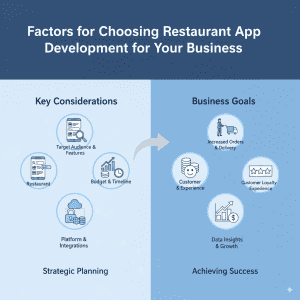
This blog explores the crucial factors businesses should evaluate before embarking on restaurant app development. It also highlights the role of AI and advanced technology solutions in creating powerful, user-friendly apps for the foodservice industry. For insights into modern app development and technology trends, explore TechOTD’s AI services at TechOTD AI Services and their comprehensive technology blog.
Key Factors to Consider When Choosing Restaurant App Development
1. Understanding Your Business Model and Objectives
Define what you want the app to achieve—whether it’s increasing dine-in footfall, boosting delivery orders, loyalty programs, or brand awareness. Your objectives will shape the app’s feature set and design approach.
2. Target Audience and User Experience
Analyze your customer demographics and preferences. Mobile-savvy younger customers may demand seamless ordering and social sharing, while older customers might prioritize ease of use and reliability. A superior UI/UX design tailored to users’ needs is essential.
3. Platform Selection: Native vs Cross-Platform
Choose between native apps (iOS and Android separately) that offer the best performance or cross-platform frameworks like React Native or Flutter that speed up development and reduce costs. Learn more here:
React Native vs Swift.
4. Must-Have Features
Incorporate key functionalities like menu browsing, order customization, real-time order tracking, push notifications, integrated payments, feedback systems, and loyalty programs. AI-powered personalized recommendations can further elevate user engagement.
5. Integration Capabilities
Ensure the app can seamlessly integrate with existing POS systems, kitchen management software, delivery platforms, and CRM tools for unified operations.
6. Security and Compliance
Secure customer data through encryption, secure payment gateways, and compliance with data protection regulations such as GDPR and PCI DSS.
7. Scalability and Performance
Design the app architecture to handle growing users and orders smoothly without downtime or slowdowns. Scalable cloud-based solutions often provide this flexibility.
8. Budget and Time-to-Market
Balance your investment against the desired time to launch. Cross-platform development can reduce time and costs, but complex customizations may require more resources and time.
9. Post-Launch Support and Maintenance
Consider the availability of ongoing technical support, updates, feature enhancements, and scalability options for evolving business needs.
Leveraging AI and Advanced Technologies
The integration of AI capabilities such as predictive analytics, chatbots, and automated customer support enables restaurants to offer personalized experiences, optimize inventory, and forecast demand, driving operational efficiency.
Read more on AI-powered features for apps here:
Predictive Analytics Software Development.
Partnering with the Right Development Team
Choosing a reliable technology partner with experience in restaurant app development, AI, and mobile platforms is critical to success. Companies like TechOTD provide end-to-end solutions — from ideation and design to development, deployment, and maintenance tailored to your business.
Explore their workflow here:
How We Work – TechOTD.
Conclusion
Choosing the right restaurant app development strategy is vital for creating a seamless digital experience that delights customers and drives business growth. By considering your objectives, audience, technology preferences, budget, and partnering with expert developers, you can build a competitive app that stands out in the bustling foodservice market.
Start your journey today by exploring advanced app solutions and trends at TechOTD Blog.
FAQs
Q1: Should I develop a native or cross-platform restaurant app?
It depends on your budget and desired features. Cross-platform apps are cost-efficient, while native apps offer superior performance.
Q2: What essential features must a restaurant app have?
Menu browsing, online ordering, payment, order tracking, reviews, and loyalty programs.
Q3: How important is AI integration in restaurant apps?
AI significantly enhances personalization, forecasting, and customer engagement.
Q4: How to ensure app security?
Use encrypted data transmission, secure payment gateways, and comply with regulations like GDPR.
Q5: Can I integrate with existing restaurant systems?
Yes, integration with POS, CRM, and delivery platforms is crucial for smooth operations.
